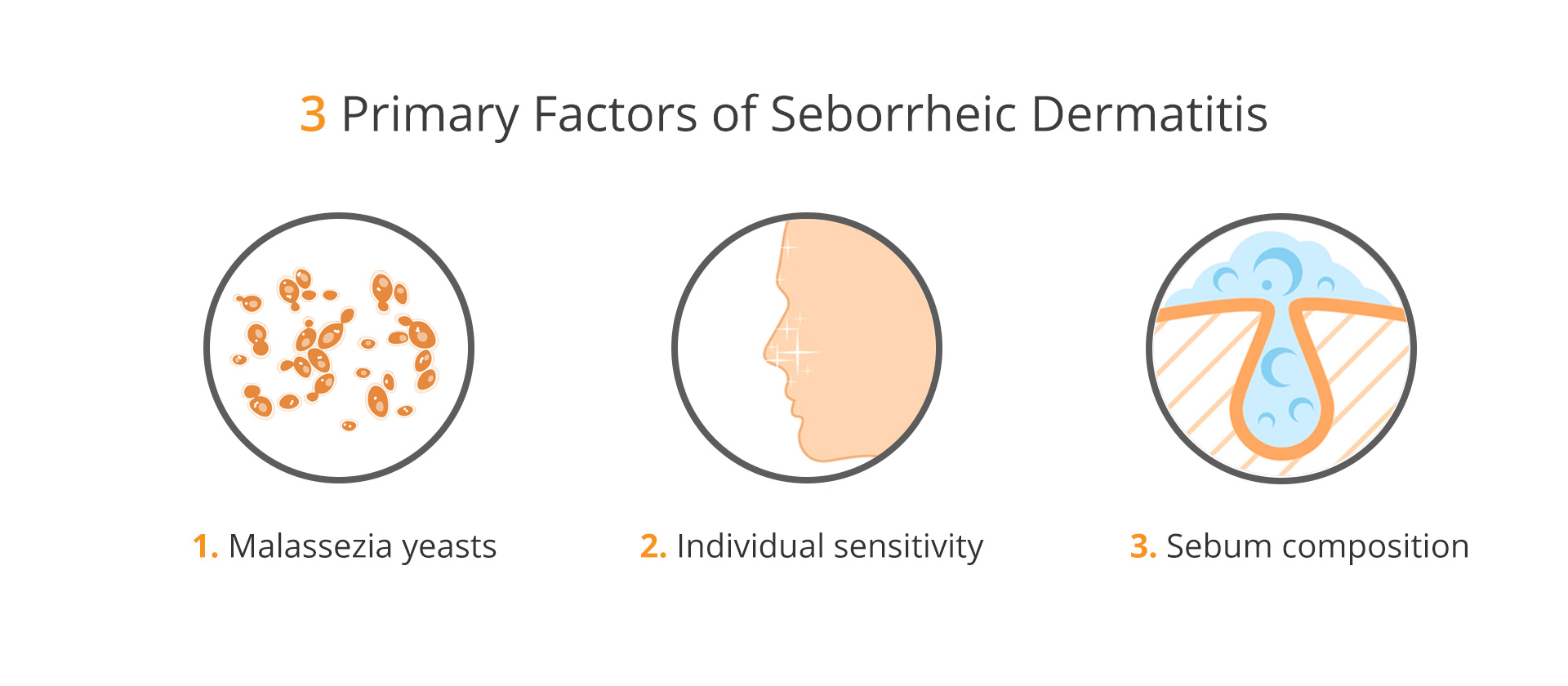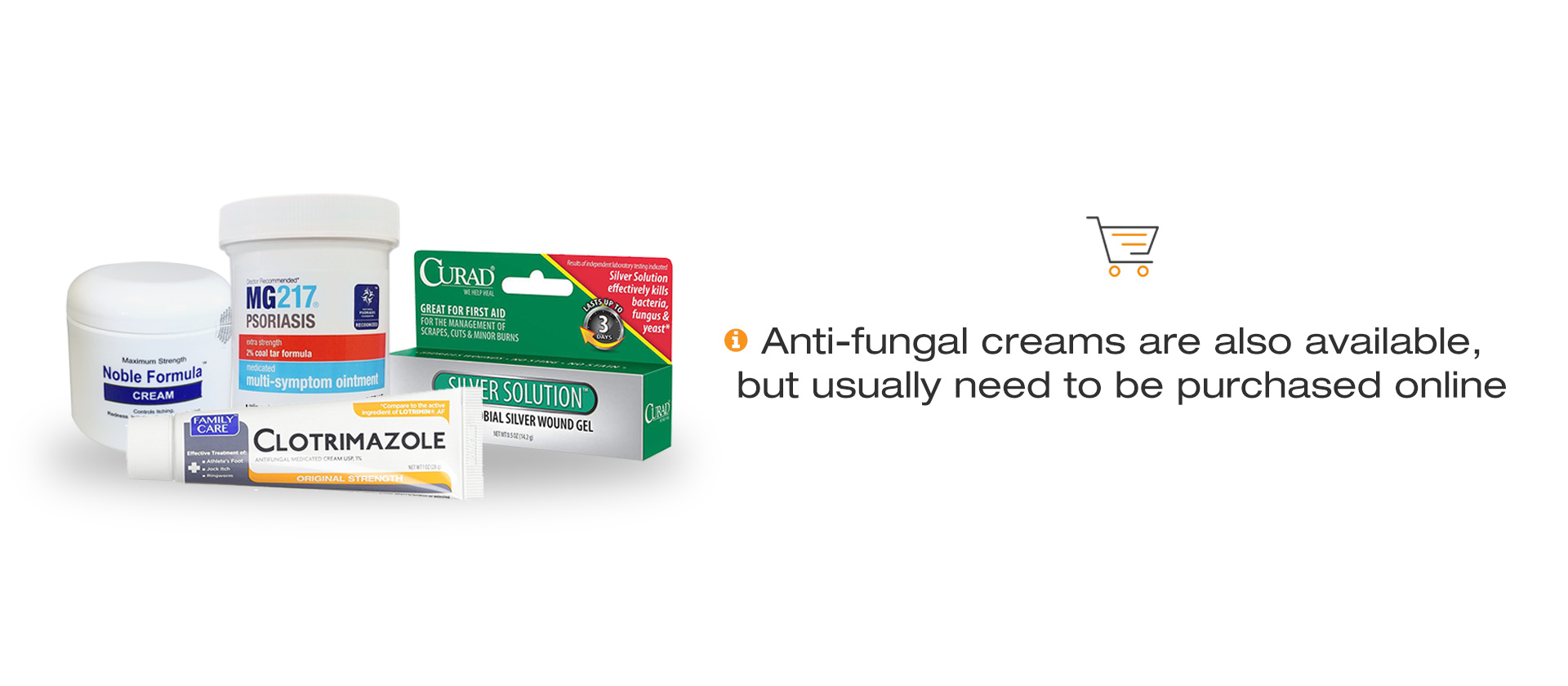- Struggling with itchy, flaky skin on your chest? You might have seborrheic dermatitis.
- Discover the common causes of seborrheic dermatitis on the chest, including the role of Malassezia yeast.
- Learn about effective treatments, from anti-fungal shampoos and creams to natural remedies and skin barrier repair strategies.
- Get practical tips for managing symptoms and improving your skin health.
This post is your guide to effectively treating seborrheic dermatitis on the chest. We’ll cover everything from understanding what seborrheic dermatitis is and why it affects the chest, to exploring a range of treatment options and self-care strategies.
If you have any questions or personal tips, please share them in the [comments section][1] below.

Understanding Seborrheic Dermatitis on the Chest
Seborrheic dermatitis is a chronic skin condition affecting 3-5% of adults. While there’s no permanent cure, effective treatments can significantly reduce symptoms. It’s often considered a more aggressive form of dandruff that extends beyond the scalp.
Key Symptoms of Seborrheic Dermatitis
Seborrheic dermatitis is characterized by:
- Irritated, inflamed, and itchy skin
- Dry, flaky patches
- Excessive sebum (oil) production, or in some cases, excessive dryness and cracking
Diagnosis is usually straightforward through visual inspection. However, similar conditions like psoriasis, rosacea, and tinea faciei can sometimes lead to misdiagnosis. If common treatments aren’t working, further diagnosis might be necessary.
Why the Chest? Common Areas Affected
While seborrheic dermatitis commonly affects the scalp and face (nasolabial folds, forehead, chin, ears, and hairline), it can spread to areas below the neck, including the chest.
The Sebum Connection: Why These Areas?
What links these commonly affected areas? They all have a high density of sebaceous glands, which produce sebum. More sebaceous glands mean more sebum, increasing the likelihood of seborrheic dermatitis symptoms in these areas.
In simple terms: More sebum glands -> more sebum -> higher risk of seborrheic dermatitis.
However, it’s not just about excess sebum. Some people with oily skin never develop seborrheic dermatitis, while others experience symptoms even with normal sebum production.
The Role of Malassezia Yeast, Oleic Acid, and Your Skin
Sebum plays a crucial role, but it’s not the direct cause. The medical consensus points to Malassezia yeasts, naturally occurring microorganisms on your skin, that feed on sebum.
These yeasts are usually harmless. However, in seborrheic dermatitis, they contribute to symptoms. It’s believed that the byproducts of these yeasts, specifically oleic free fatty acids, are the actual irritants.
Oleic acid is known to irritate the skin, disrupt the skin barrier, and trigger seborrheic dermatitis symptoms, even without the presence of Malassezia.
Therefore, managing seborrheic dermatitis isn’t just about targeting yeast; it’s about a combination of factors [1]:
- Malassezia yeast presence
- Individual sensitivity to oleic acid and Malassezia
- Sebum composition
These three elements together likely explain the condition.


Effective Treatment Approaches for Seborrheic Dermatitis on the Chest
Let’s explore the main treatment strategies for seborrheic dermatitis on your chest.
1. Anti-fungal Treatments: The Standard Approach
Dermatologists and researchers commonly use anti-fungal agents as the primary treatment. This method, used for decades, targets Malassezia yeast to reduce symptoms.
Anti-fungals work by:
- Suppressing Malassezia yeast activity and reproduction
- Reducing oleic acid production on the skin
- Leading to symptom relief
Common anti-fungal agents in North America include:
- Zinc pyrithione
- Clotrimazole
- Ketoconazole
- Selenium sulfide
For detailed information on each agent, refer to the section in the online eBook.
Anti-fungal treatments are generally effective, but not perfect. They may have side effects and aren’t always a complete solution. However, they are a recommended starting point.
Personal Experience:
Anti-fungals often provide quick initial relief but may become less effective long-term with continuous use.
Anti-fungal treatments come in two main forms:
- Soaps and shampoos: Applied briefly and washed off. Less residue, easy to incorporate into a routine, potentially lower irritation, but possibly less potent due to short contact time.
- Creams and ointments: Applied for longer periods for gradual absorption. Longer skin contact allows for better Malassezia inhibition but may increase side effects.
How to Use Anti-Fungal Shampoos on Your Chest
- Lather a small amount of anti-fungal shampoo in your hand.
- Apply the lather to the affected chest area.
- Leave it on for 3-5 minutes.
- Rinse thoroughly and pat dry with a clean towel.
As your skin improves, you might reduce the contact time.
Important:
Always read and follow the instructions on your specific product, as some anti-fungals are stronger than others.
Top Anti-fungal Shampoos for Chest Seborrheic Dermatitis
Here are popular anti-dandruff shampoos with anti-fungal ingredients available in North America:
- Head and Shoulders – Zinc Pyrithione: A widely recognized and popular anti-dandruff shampoo.
- Nizoral – Ketoconazole: A potent anti-fungal against Malassezia. May be more drying than Head and Shoulders. Prescription may be needed in some countries.
- Selsun Blue – Selenium Sulfide: Effective for some when other treatments fail. Literature suggests ketoconazole and zinc pyrithione may have better clearance rates and fewer side effects.
- Jason’s Naturals – Sulfur and Salicylic Acid: Sulfur, a traditional anti-fungal [2], is milder but may be less effective than newer agents and has a noticeable odor. Its natural origin can be appealing.
- Neutrogena T/Gel – Coal Tar: Coal tar, another natural anti-fungal with a long history. Strong odor and color might be less suitable for face/scalp but acceptable for chest use. Personally favored by the author.
Most of these shampoos are affordable and available at supermarkets. More details on each can be found in this post: 7 of the most popular seborrheic dermatitis shampoos

Using Anti-Fungal Creams on Your Chest
Applying anti-fungal cream is straightforward:
- Apply the cream to the affected area.
- Gently massage it into the skin.
Allow the cream to absorb for 5-10 minutes before dressing to avoid wiping it off on clothing, especially since creams often have lower concentrations of anti-fungal agents.
Popular Anti-fungal Creams for Chest Seborrheic Dermatitis
Anti-fungal cream options are more limited and often require online purchase. Prescription creams are available but not listed here (consult a dermatologist).

Over-the-counter options include:
- Noble Formula’s – Zinc Pyrithione
- Curad Silver Solution Antimicrobial Gel
- MG217 Psoriasis Treatment 2% Coal Tar Ointment
- Family Care Clotrimazole Anti-Fungal Cream
- Generic Nystatin Cream
For a detailed review, see: Finding the Best Seborrheic Dermatitis Cream.
2. Repairing Your Skin Barrier and Reducing Irritation
A damaged skin barrier is a key factor in seborrheic dermatitis symptoms. Strengthening your skin barrier can reduce irritation and symptoms.
Strategies to improve skin barrier function:
- Barrier repair creams and ointments: Designed for eczema and atopic dermatitis, these can also help seborrheic dermatitis by strengthening the skin’s defense. Ask for samples at your pharmacy due to potential cost.
* Excessive CleaningAvoid harsh soaps and strong surfactants: These can disrupt the skin barrier. Opt for gentle cleansers designed for sensitive skin.
* Utilizing ColdWash with cold water: Cold water can reduce irritation from surfactants. Using cold water when rinsing off anti-fungal shampoos on your chest may enhance results. More details on these methods are available elsewhere on this site. For further reading on skin barrier improvement, explore these sections: * Improving Barrier Function - Reducing Irritation
These sections offer in-depth discussions and additional ideas.
3. Natural Treatment Options
Demand for natural treatments for seborrheic dermatitis is growing. While research is often limited due to financial incentives favoring patentable synthetic drugs [3, 4], natural options can offer relief.

Consider these natural approaches:
- Tea Tree Oil: Has anti-fungal properties and can inhibit Malassezia yeasts. Available in shampoos or as pure oil for dilution.
- Apple Cider Vinegar: Malassezia prefers neutral pH. Acidity inhibits its growth [5]. While apple cider vinegar is popular online, any vinegar may be beneficial [6].
- Raw Honey: Historically used for skin disorders [7, 8], honey shows promise for seborrheic dermatitis [9]. Chest application can be messy due to stickiness and required duration.
- Dead Sea Salt: Rich in magnesium salts, it can hydrate skin, improve barrier function, and reduce inflammation [10]. Absorbs quickly and leaves no residue, suitable for chest use.
- Yogurt: Some anecdotal reports suggest topical yogurt can help. Lactic acid in yogurt may aid barrier function and wound repair []. However, chest application can be unappealing.
- Coconut Oil: Low in oleic acid, it can be a natural occlusive for seborrheic dermatitis-prone skin. May not be enough alone but can complement other treatments.
This list is not exhaustive. Other natural remedies exist (baking soda, iodine, etc.). The first three listed are often reported as most effective natural options.
4. Systemic Approaches: Thinking Beyond Topicals
Since the root cause isn’t fully understood, some explore systemic treatments:
- Dietary changes (elimination or modification)
- Supplements
- Meditation and relaxation
- Sebum-suppressing medications (retinoids)
- Anti-inflammatory agents
Effectiveness varies greatly and is individual-specific. For more on these, see the online eBook and SkinSupport sections.

Unique Aspects of Chest Treatment
Treating seborrheic dermatitis on the chest has unique considerations:
- Clothing contact: Constant rubbing can irritate. Wear soft cotton and keep clothes clean.
- Increased skin temperature: Covered skin can be warmer, potentially worsening seborrheic dermatitis. This is hard to control but worth noting.
- Reduced UV exposure: Sunlight can be beneficial for skin conditions. Moderate sun exposure on the chest might help, but sun can also worsen symptoms on damaged skin.
- Chest hair: Shaving the scalp can help scalp seborrheic dermatitis [11]. Consider shaving or waxing chest hair.
Beyond these points, general seborrheic dermatitis treatment principles apply.

General Treatment Framework
After extensive research and personal experience, a universal solution is elusive. What works varies. However, three core principles are consistent:
- Correct Diagnosis: Confirm you have seborrheic dermatitis and not another condition.
- Effective Anti-fungal: Find an anti-fungal that reduces scales without irritating your skin.
- Barrier Function Improvement: Focus on strengthening your skin barrier through topicals, diet, stress management, immune support, and environmental adjustments.
Following this framework can lead to long-term remission for many.

Summary: Treating Seborrheic Dermatitis on the Chest
This guide outlined a treatment approach for seborrheic dermatitis on the chest, covering condition overview, chest-specific factors, and treatment options.
Key Takeaways:
1. Seborrheic dermatitis involves irritation, inflammation, itch, flakes, dryness, and sometimes excess oil.
2. It affects sebum-rich areas, including the chest in some individuals.
3. Malassezia yeast breaks down sebum into irritating oleic acid, causing symptoms.
4. Anti-fungal treatments are standard, targeting Malassezia. Common agents are zinc pyrithione, clotrimazole, ketoconazole, and selenium sulfide.
5. Anti-fungals come in creams and shampoos. Creams may be more effective for the chest, but shampoos can also help.
6. Skin barrier repair is crucial. Strengthening the barrier can reduce symptoms without relying solely on anti-fungals.
7. Barrier repair creams, gentle cleansing, avoiding irritants, and cold water washing are barrier-improving tactics.
8. Natural treatments like apple cider vinegar, honey, Dead Sea salt, yogurt, and coconut oil may offer relief.
9. Chest-specific factors like clothing contact, temperature, UV exposure, and hair should be considered in treatment.
Hopefully, this guide provides useful insights for managing your seborrheic dermatitis on the chest and helps your skin heal. Share your questions, suggestions, and tips in the comments below.

TMI
Your article has put it all together for me. The second article in my mini research bump but I understand this so much better now. The last 2 years I’ve had the rash that started in my elbow and spread to my chest and now down my legs and up my neck. I think it’s super impressive, medically, but it’s sometimes red, sometimes lighter, sometimes flaky, sometime not. I approached my PC about it last year and he told me to wash and it would go away…well here I am. Being in EMS, I knew it had to be somewhere in the dermatitis realm. But reading your article help me put it together. I had cradles cap as a baby, which my mom controlled with Meleluca, which turned into regular dandruff and it must have just evolved as I was at college. Ironically I know two other people who have it either as bad as me or now and again flare ups, and seldom blue was recommended to me. I wouldnt say I’ve been too persistent with it but honestly it didnt seem to do much, nor did it stop it from progressing down my legs. It’s all it seems most prevalent in areas where I sweat a lot, and it its and burns when I do sweat. Rubbing alcohol seemed to help but I know I’m not doing my skin much good, as you said. So now I’m going to try head and shoulders and maybe go back to meleluca. Otherwise I’m going to see a dermatologist. But thank you so much! I put a TMI warning because…well I’m spilling everything, but im just very happy I found the information and it was so well done!